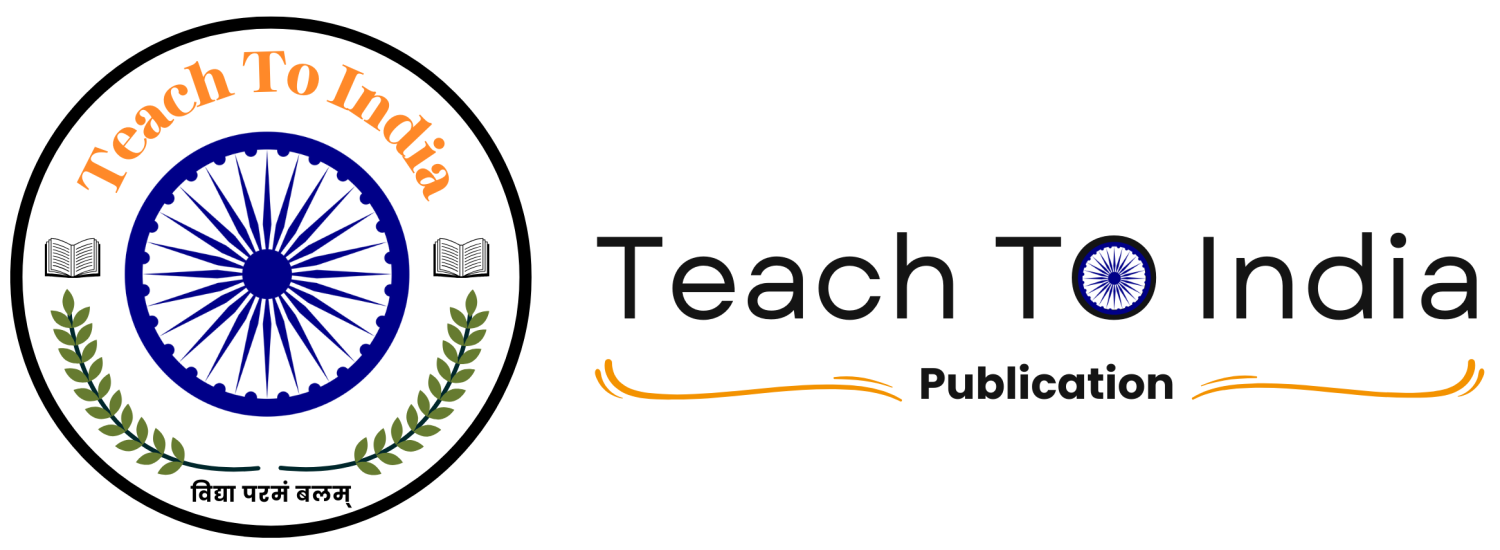पादप कार्यिकी उपापचय तथा जैवरसायन (सेमेस्टर -5)
- Description
- Curriculum
- Reviews

Teach To India प्रकाशन
पादप कार्यिकी उपापचय तथा जैवरसायन
-
यह मॉडल पेपर यह सुनिश्चित करता है कि सभी संभावित प्रश्न जो परीक्षा में आ सकते हैं, वे यूनिट में पूरी तरह से शामिल हैं, चाहे वे सीधे हों या अप्रत्यक्ष रूप से।
-
इसे अनुभवी प्रोफेसरों द्वारा बहुत सावधानी से तैयार किया गया है, जिन्हें परीक्षा मॉडल पेपर बनाने का व्यापक अनुभव है।
-
इस पेपर में विश्वविद्यालय द्वारा निर्धारित पाठ्यक्रम के आधार पर सभी मुख्य प्रश्न शामिल हैं।
-
400 से अधिक प्रश्न और उत्तरों के साथ, यह मॉडल पेपर विषय का पूरा पाठ्यक्रम कवर करता है।
-
प्रत्येक यूनिट में दीर्घ उत्तरीय ,लघु उत्तरीय और अति लघु उत्तरीय वाले प्रश्न शामिल हैं ताकि छात्रों को गहन समझ प्राप्त हो सके।
-
हमारे प्रश्न इस तरह तैयार किए गए हैं कि प्रत्येक यूनिट को कम से कम और अच्छी तरह चुने हुए प्रश्नों से कवर किया जा सके।
-
अनिवार्य आंतरिक परीक्षा के लिए हम 200 एक पंक्ति के प्रश्न-उत्तर प्रदान कर रहे हैं, जो प्रत्येक यूनिट को समान रूप से कवर करते हैं।
-
इस मॉडल पेपर में मॉक प्रश्नपत्र / पिछले साल के प्रश्नपत्र भी हल के साथ दिए गए हैं, जिससे छात्रों को परीक्षा के प्रश्नों की गहराई और विस्तार को समझने में मदद मिलती है।
|
Programme /Class: Degree |
Year: Third |
Semester: Fifth |
||
|
Subject: BOTANY |
||||
|
Course Title: Plant Physiology, Metabolism & Biochemistry |
||||
|
Course outcomes: After the completion of the course the students will be able to: 1. Understand the role of Physiological and metabolic processes for plant growth and development. 2. Learn the symptoms of Mineral Deficiency in crops and their management. 3. Assimilate Knowledge about Biochemical constitution of plant diversity. 4.Know the role of plants in development of natural products, nutraceuticals, dietary supplements, antioxidants |
||||
|
Credits: 4 |
Core: Compulsory |
|||
|
Max. Marks: 25+75 |
Min. Passing Marks: 8+25 |
|||
|
Unit |
Topics |
|||
|
I |
Plant water relation, Mineral Nutrition, Transpiration and translocation in phloem Importance of water, water potential and its components; Transpiration and its significance; Factors affecting transpiration; Root pressure and guttation. Criteria of essentiality of elements; Role of essential elements; Symptoms of mineral deficiency in major crops, Transport of ions across cell membrane, active and passive transport, Composition of phloem sap, girdling experiment; Pressure flow model.
|
|||
|
II |
Carbon Oxidation Krebs cycle, Glycolysis, fate of pyruvate- aerobic and anaerobic respiration and fermentation, regulation of glycolysis, oxidative pentose phosphate pathway, oxidative decarboxylation of pyruvate, regulation of Krebs cycle, mitochondrial electron transport, oxidative phosphorylation, ATP-Synthetase, Chemiosmotic mechanism, P/O ratio, cyanide-resistant respiration, factors affecting respiration. |
|||
|
III |
Nitrogen Metabolism Nitrate assimilation, biological nitrogen fixation (examples of legumes and non-legumes), Physiology and biochemistry of nitrogen fixation, Ammonia assimilation (GS-GOGAT), reductive amination and transamination, amino acid synthesis.
|
|||
|
IV |
Lipid Metabolism & Photosynthesis Lipid Metabolism: Synthesis and breakdown of triglycerides, -oxidation, glyoxylate cycle, gluconeogenesis and its role in mobilization of lipids during seed germination, -oxidation. ; Photosynthesis: Pigments, Action spectra and Enhancement effect, Electron transport system and Photophosphorylation, C3 & C4 photosynthesis, CAM- Reaction and Significance
|
|||
|
V |
Plant Development, Movements, Dormancy & Responses Developmental roles of Phytohormones (auxins, gibberellins, cytokinins, ABA, ethylene.) autonomic & paratonic movements, Photoperiodism (SDP, LDP, Day neutral plants); Phytochrome (discovery and structure), red and far red-lightresponses on photomorphogenesis, Seed physiology & Dormancy, Vernalization & Senescence
|
|||
|
VI |
Biomolecules Carbohydrates: Nomenclature and classification; Role of monosaccharides (glucose, fructose, sugar alcohols – mannitol and sorbitol); Disaccharides (sucrose, maltose, lactose), Oligosaccharides and polysaccharides (structural-cellulose, hemicelluloses, pectin, chitin, mucilage; storage – starch, inulin). Lipids: Storage lipids: Fatty acids structure and functions, Structural lipids: Phosphoglycerides; Lipid functions: cell signals, cofactors, prostaglandins, Introduction of lipid micelles, monolayers, bilayers
|
|||
|
VII |
Proteins: Structure of amino acids; Peptide bonds; Levels of protein structure-primary, secondary, Ramchandran plot, tertiary and quaternary; Isoelectric point; Protein denaturation and biological roles of proteins Nucleic acids: Structure of nitrogenous bases; Structure and function of nucleic acids,Nucleic acid denaturation &Re-naturation , MiRNA
|
|||
|
VIII |
Enzymes: Structure of enzyme: holoenzyme, apoenzyme, cofactors, coenzymes and prosthetic group; mechanism of action (activation energy, lock and key hypothesis, induced- fit theory), enzyme inhibition and factors affecting enzyme activity, Allosteric enzymes & Abzymes. Elementary knowledge of Phytonutrients, Nutraceuticals, dietary supplements and antioxidants.
|
|||
-
1यूनिट-1:पादप कार्यिकी उपापचय तथा जैवरसायन
-
2यूनिट-2:पादप कार्यिकी उपापचय तथा जैवरसायन
-
3यूनिट-3:पादप कार्यिकी उपापचय तथा जैवरसायन
-
4यूनिट-4:पादप कार्यिकी उपापचय तथा जैवरसायन
-
5यूनिट-5:पादप कार्यिकी उपापचय तथा जैवरसायन
-
6यूनिट-6:पादप कार्यिकी उपापचय तथा जैवरसायन
-
7यूनिट-7:पादप कार्यिकी उपापचय तथा जैवरसायन
-
8यूनिट-8:पादप कार्यिकी उपापचय तथा जैवरसायन







